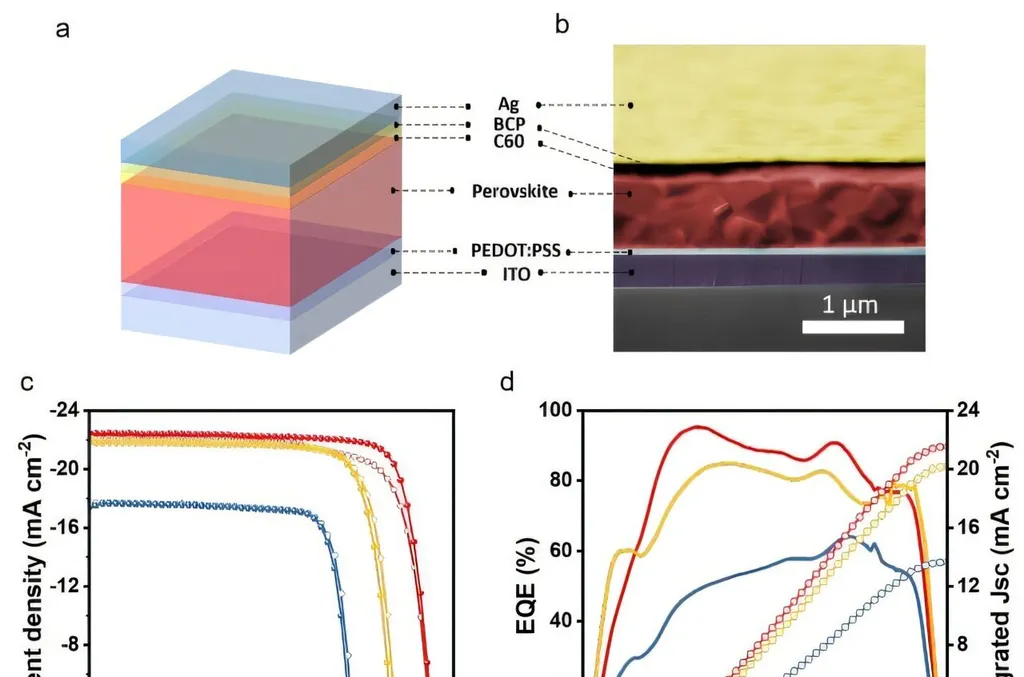In the quest for more efficient solar energy utilization, a team of researchers led by Nicola Pangetti from the Politecnico di Torino has made a significant stride. Their work, published in *Applied Surface Science Advances* (which translates to *Advances in Applied Surface Science*), focuses on a novel approach to enhancing photocatalytic activity, a process that could revolutionize how we harness solar energy and address environmental contaminants.
Pangetti and his team have turned their attention to titanium dioxide (TiO₂), a material widely used in photocatalysis due to its stability and efficiency. However, the team has not just focused on the well-studied anatase and rutile phases of TiO₂. Instead, they have explored the less-examined brookite phase and its junctions with anatase.
The researchers discovered that homojunctions—interfaces between different polymorphs of the same material—between anatase and brookite, formed through a template-free, pH-controlled synthesis and low-temperature calcination (200 °C), significantly enhance photocatalytic activity under simulated solar light. This is a departure from the more commonly studied anatase/rutile interfaces.
“The homojunctions act as active defect sites, potentially contributing to visible light absorption or increasing photocatalytic performance,” Pangetti explained. This finding is crucial as it opens new avenues for improving the efficiency of solar-driven processes.
One of the most intriguing aspects of this research is the detection of CO2.− radical ions. These ions suggest that the homojunctions could play a pivotal role in CO₂ activation and solar fuel production. “The surface generation of CO2.− under mild conditions could open new perspectives for CO₂ activation and solar fuel production,” Pangetti noted. This could be a game-changer for the energy sector, offering a pathway to convert CO₂, a greenhouse gas, into valuable fuels.
The practical implications of this research are substantial. The team demonstrated that their low-temperature calcined sample outperformed a traditional anatase/brookite/rutile system calcined at 600 °C in degrading paracetamol, a model emerging contaminant in city water. This suggests that the new method could be more effective and energy-efficient for water treatment applications.
Moreover, the use of Surface-Enhanced Raman Spectroscopy (SERS) enabled the team to directly identify paracetamol degradation intermediates, revealing a mechanistic pathway similar to that promoted by commercial anatase/rutile TiO₂. This finding underscores the potential of anatase/brookite homojunctions as efficient charge-separating interfaces, further supported by electrochemical impedance spectroscopy.
The research not only advances our understanding of TiO₂ polymorphs and homojunctions but also paves the way for innovative applications in solar energy conversion, environmental remediation, and potentially even organic synthesis. As Pangetti and his team continue to explore these homojunctions, the energy sector may soon see a shift towards more efficient and sustainable technologies.
This work, published in *Applied Surface Science Advances*, is a testament to the power of interdisciplinary research and the potential it holds for addressing some of the most pressing challenges in energy and environmental science.

